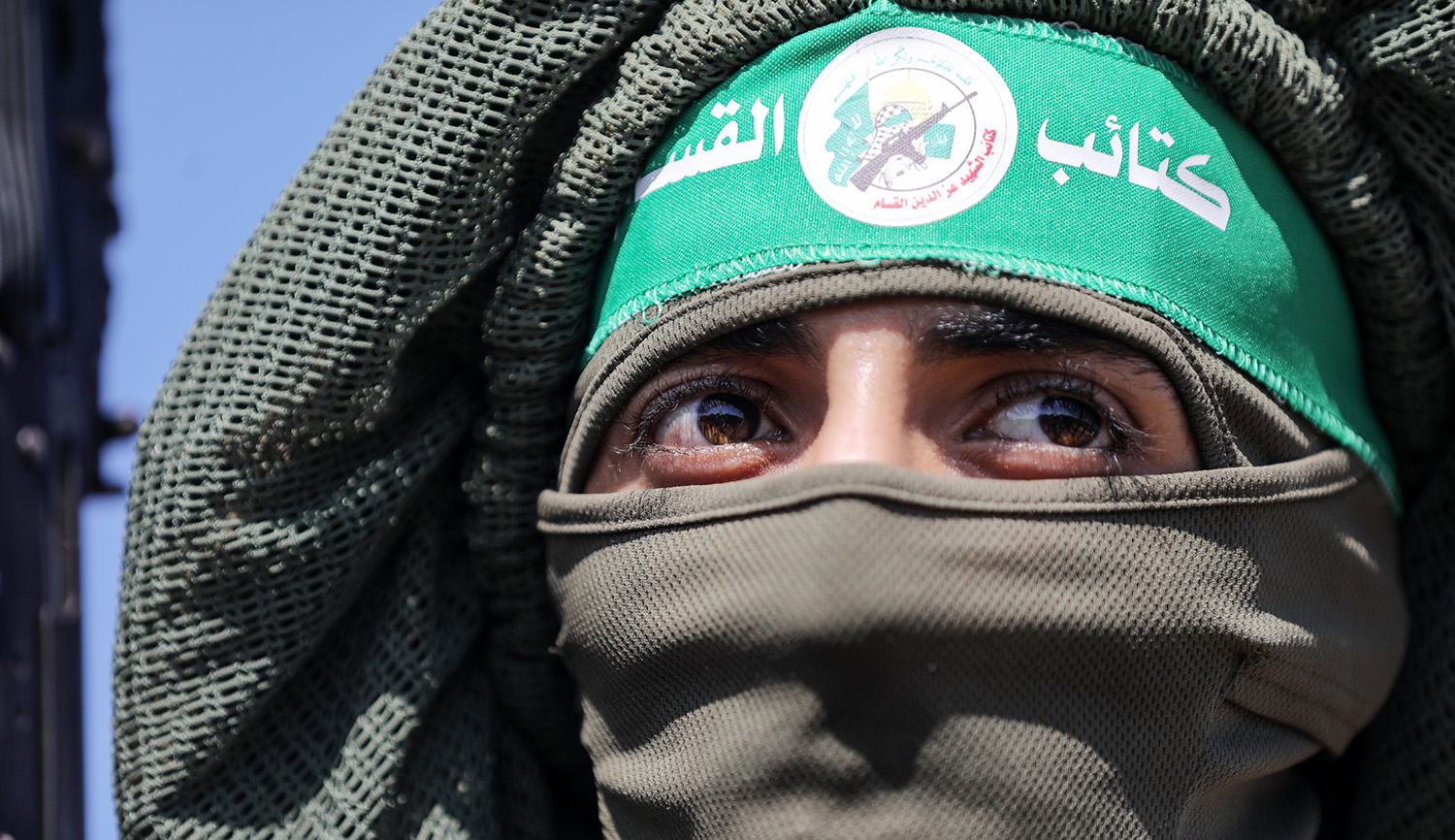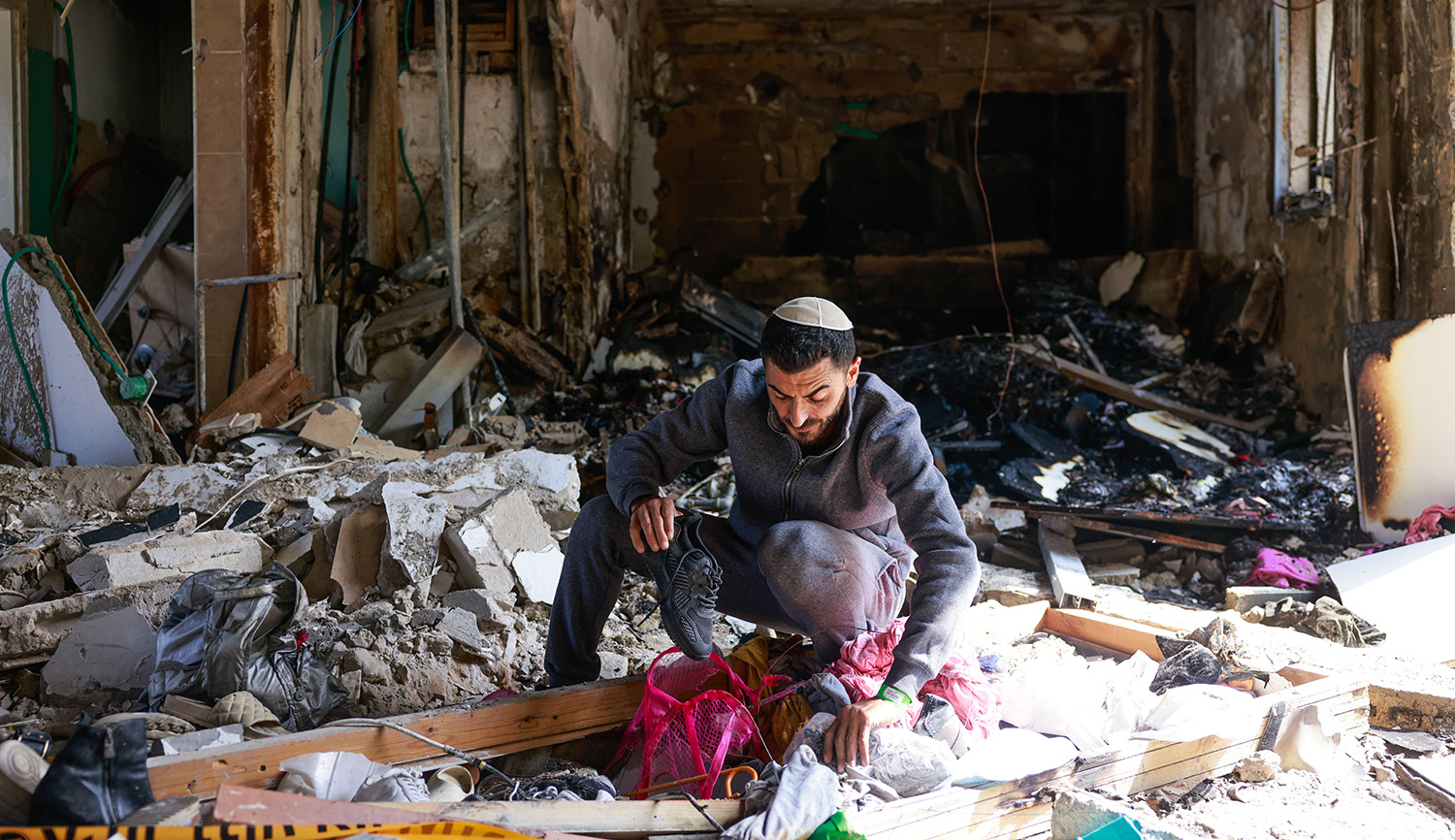In the final week of 2017, Hizballah, supported by Assad-regime forces and an Iranian unit, seized most of the Syrian portion of the Golan Heights from the rebel forces that had controlled it for some time. Eyal Zisser believes that the rest of southern Syria will soon follow, and that Israel will have to adjust once again to sharing a border with an Assad-ruled Syria:
The Syrian regime and its allies’ campaign to retake the [Syrian] Golan Heights is a violation of the understandings reached by the United States and Russia just a month ago. This agreement, which focuses on establishing a buffer zone (or safe zone) in southern Syria, promised relative protection and immunity for the rebel groups. Agreements and reality, however, are nothing alike, certainly in this part of the world.
Russia, as we know, honors agreements only when they align with its interests. Moscow has no compunction signing a deal and the next day violating or simply ignoring it. The Assad regime and its allies are unconcerned with such agreements, which are merely another aspect of their deceitful ploy of speaking yearningly about peace while continuing the fighting on the ground, using [such] tactics to . . . restore full control [of all of Syria].
Israel was right to refrain from establishing a military presence on Syrian soil. But the collapse of the security zone [free of pro-Assad forces] in southern Syria is not the only issue: crumbling along with it is the assumption that the war in Syria would go on for years, and that Syria would never resemble its old self. It appears, [instead], that the old Syria has returned to Israel’s border more quickly than expected—more dangerous and more imposing than before. This is due to the presence of Hizballah and Iran, which the world, and certainly Russia, views as a stabilizing and positive factor that should remain for the foreseeable future.
More about: Bashar al-Assad, Golan Heights, Hiballah, Iran, Israel & Zionism, Israeli Security, Syrian civil war


